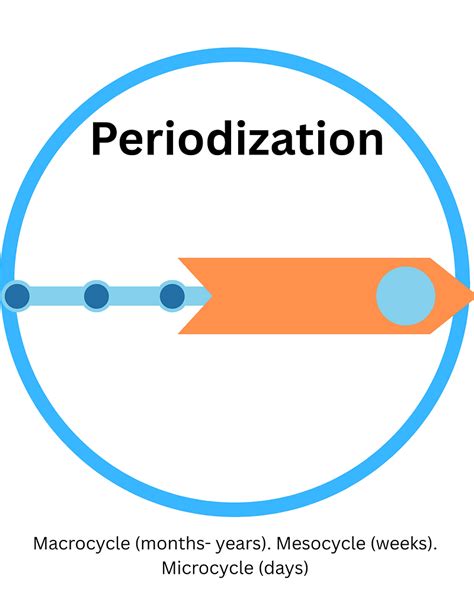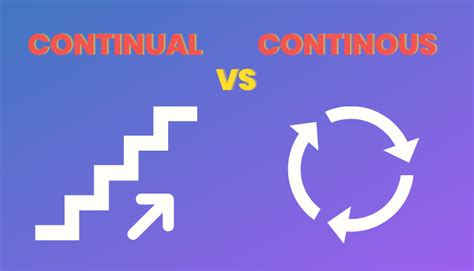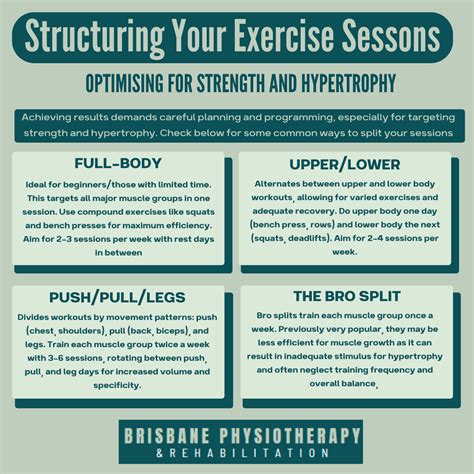How to optimize periodization for continuous strength gains and muscle growth?

For anyone serious about making consistent progress in the gym, whether the goal is to pack on muscle mass or significantly boost strength, simply showing up and lifting heavy isn’t enough in the long run. The body is an adaptive machine, and without strategic variation and planned progression, plateaus are inevitable. This is where periodization comes into play—a systematic approach to training that manipulates variables like volume, intensity, frequency, and exercise selection over time to maximize adaptation and minimize the risk of overtraining or injury.
Understanding Periodization: The Blueprint for Long-Term Progress
At its core, periodization is about structuring your training into distinct phases, each with a specific goal, which collectively lead to a larger objective. Instead of maintaining the same training intensity and volume week after week, periodization introduces planned fluctuations. This strategic variation helps the body recover, adapt to new stimuli, and continue making progress without burning out or hitting a wall.
The concept applies equally to strength athletes, bodybuilders, and general fitness enthusiasts. It acknowledges that sustained peak performance is impossible; periods of higher intensity and volume must be followed by periods of lower intensity or active recovery to allow for supercompensation—the body’s ability to adapt and grow stronger than before the training stimulus.

Why Periodization is Crucial for Continuous Gains
Without a periodized approach, many lifters fall into the trap of doing the same workouts with the same rep ranges and loads, only to find their progress stalling. Here’s why periodization is indispensable for ongoing strength and muscle development:
- Prevents Plateaus: By constantly introducing new stimuli and varying training stress, periodization keeps the body adapting and prevents it from becoming complacent.
- Manages Fatigue and Prevents Overtraining: Deliberately built-in cycles of reduced volume or intensity (deloads) allow the central nervous system and muscles to recover, mitigating the risk of overtraining syndrome.
- Reduces Injury Risk: Controlled variation in exercises, loads, and rep ranges minimizes repetitive stress on joints and connective tissues, leading to a more resilient body.
- Optimizes Adaptation: Different phases can be tailored to target specific adaptations, such as muscular hypertrophy, maximal strength, or power, leading to a more well-rounded and robust physique.
Key Types of Periodization Models
While numerous periodization models exist, the most common and effective for strength and muscle growth include:
Linear Periodization
This traditional model involves a gradual progression from high volume/low intensity to low volume/high intensity over a macrocycle (e.g., several months). An athlete might start with a hypertrophy phase (higher reps, moderate weight), move to a strength phase (lower reps, heavy weight), and then a peaking phase (very low reps, maximal weight). It’s straightforward and effective for beginners and intermediates.
Undulating Periodization (Daily or Weekly)
Unlike linear, undulating periodization varies intensity and volume more frequently—either daily (Daily Undulating Periodization – DUP) or weekly (Weekly Undulating Periodization – WUP). For example, one might train heavy on Monday, moderate on Wednesday, and lighter/hypertrophy-focused on Friday. This allows for constant variety and can be highly effective for advanced lifters.
Block Periodization
This model divides training into distinct ‘blocks’ (e.g., Accumulation, Transmutation, Realization) where each block focuses on developing a specific quality, such as hypertrophy, strength, or power, with minimal conflicting goals. After a block, a short recovery period is typically included before the next block begins.

Optimizing Periodization for Strength and Hypertrophy
To truly optimize your periodization strategy, consider these critical elements:
Progressive Overload
Regardless of the model, the principle of progressive overload is paramount. To continue growing stronger and bigger, you must continually challenge your body. This can be achieved by increasing weight, reps, sets, reducing rest times, improving form, or increasing training frequency over time.
Volume and Intensity Manipulation
These are the primary variables manipulated in periodization. For hypertrophy, higher volumes (more sets/reps) with moderate intensity (60-85% 1RM) are often effective. For strength, lower volumes with higher intensity (85-100% 1RM) are key. Learn to strategically shift between these to elicit different adaptations.

Strategic Deloads and Recovery
Deload weeks, involving significantly reduced volume and/or intensity, are non-negotiable for long-term progress. They allow the body to fully recover, repair, and supercompensate. Implement them every 4-8 weeks, depending on your training intensity and individual recovery capacity. Prioritize sleep, nutrition, and stress management outside the gym.
Individualization and Flexibility
No single periodization model is perfect for everyone. Your program should be tailored to your experience level, recovery ability, lifestyle, and specific goals. Be prepared to adjust your plan based on how your body responds. Listen to your body and don’t be afraid to deviate if needed.
Putting It All Together: Implementing Your Plan
For most individuals focused on both strength and muscle growth, a hybrid approach or undulating periodization often works well. A common strategy involves:
- Macrocycle (e.g., 12-16 weeks): The entire training plan.
- Mesocycle (e.g., 3-6 weeks): Blocks with specific goals (e.g., a 4-week hypertrophy block, followed by a 4-week strength block).
- Microcycle (e.g., 1 week): Daily or weekly workout structure.
Within a mesocycle, you might train with moderate weights and higher reps for the first few weeks, then progressively increase weight and lower reps in subsequent weeks before a deload. Alternatively, a DUP model might have you training for hypertrophy on one day, strength on another, and power on a third within the same week.
Track your progress diligently. Log your weights, reps, sets, and how you felt. This data is invaluable for making informed adjustments to your periodization plan. Regular assessment helps identify what’s working and what needs modification.

Common Pitfalls and How to Avoid Them
- Lack of Consistency: Even the best plan fails if not consistently followed. Stick to your schedule.
- Ignoring Recovery: Overtraining is a real threat. Don’t skip deloads or neglect sleep and nutrition.
- Not Adapting the Plan: Life happens. If you’re stressed or sleep-deprived, pushing through a heavy session might be detrimental. Be flexible.
- Overcomplicating It: Start simple. Linear or simple undulating models are highly effective before diving into more complex structures.
Conclusion
Optimizing periodization is the secret weapon for continuous strength gains and muscle growth. By understanding its principles and applying them intelligently, you transform random workouts into a strategic journey towards your fitness goals. Embrace the cycles of intensity, volume, and recovery, listen to your body, and commit to consistent, progressive overload. With a well-structured periodized plan, plateaus become temporary detours, and sustained progress becomes the norm, paving the way for a stronger, more muscular you.








